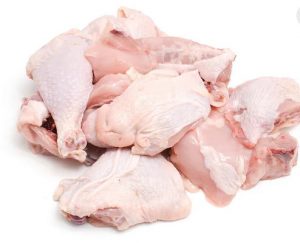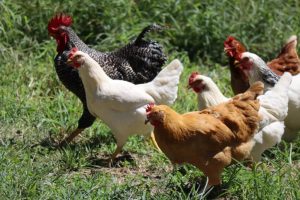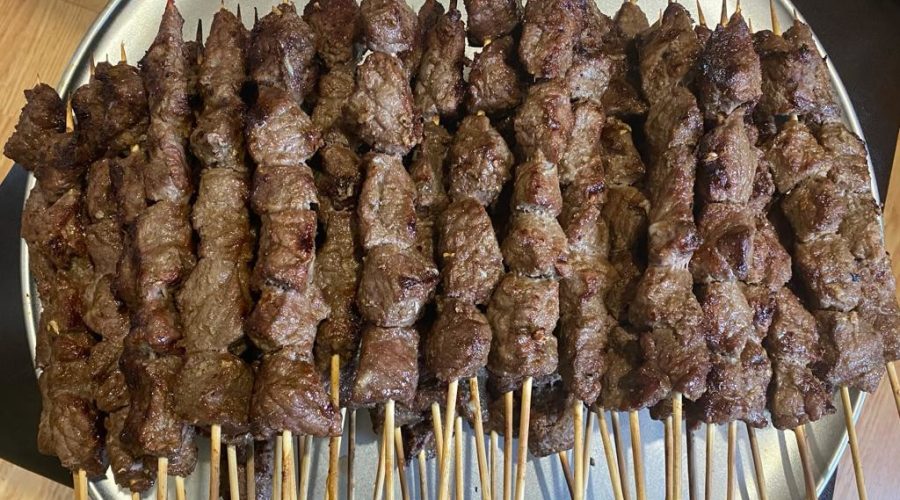Carcass characteristics play a crucial role in determining the quality and value of chicken meat. These characteristics refer to the physical attributes of the chicken carcass, including its size, shape, color, texture, and composition. Carcass characteristics influence the amount of meat obtained from a chicken. Factors such as the size and weight of the carcass, the distribution of muscle and fat, and the ratio of edible to non-edible parts determine the meat yield. Higher meat yield is desirable for commercial purposes as it maximizes the amount of meat obtained from each bird.
The quality of carcass characteristics directly influences the market value of chicken meat. High-quality carcasses with desirable characteristics command a higher price in the market. Producers and processors strive to improve carcass traits to meet consumer preferences and demand, as this enhances the profitability and competitiveness of their products. Carcass characteristics are greatly considered as important traits in chicken breeding and genetics. Selective breeding programs aim to develop chicken strains with desirable carcass characteristics, including traits related to meat yield, quality, and composition. Genetic improvements in carcass traits can lead to more efficient and profitable production systems.
A research study done by scientists from Tanzania Livestock Research Institute – Uyole and Sokoine University of Agriculture at the Department of Animal Aquaculture and Range Sciences studied the effect of breed on the carcass characteristic of two dual-purpose chickens (Sasso and Kuroiler breeds), reared under the intensive management system. The parameters for all breeds included bodyweight at slaughter (BWs), carcass weight (CW), dressing percentage (DP %), parts yield including breast, drumsticks, thighs, wings, back and neck. The BWs, CW and all carcass parts weight were significantly (P<0.05) higher for Sasso than Kuroiler. In addition, Sasso had higher proportions of breast, back and wings than Kuroiler but the two breeds were comparable on thighs, drumsticks and neck. There were significant and positive phenotypic correlations between BWs and all carcass traits studied.

Carcass characteristics in chickens are essential for meat yield, quality, market value, processing efficiency, consumer preference, and genetic selection. By focusing on and optimizing these characteristics, producers can enhance the overall value and competitiveness of chicken meat in the marketplace.
For more information: Click HERE
Guni, F. S., Mbaga, S. H., and Katule, A. M. (2023). Study on Carcass Characteristics of Two Improved Chicken Breeds Reared Under Intensive Management System in Tanzania. Asian Journal of Research in Animal and Veterinary Sciences, 6(3), 224-230. Retrieved from https://journalajravs.com/index.php/AJRAVS/article/view/249

The Department of Animal, Aquaculture, and Range Sciences
The College of Agriculture, Sokoine University of Agriculture
Share this page




